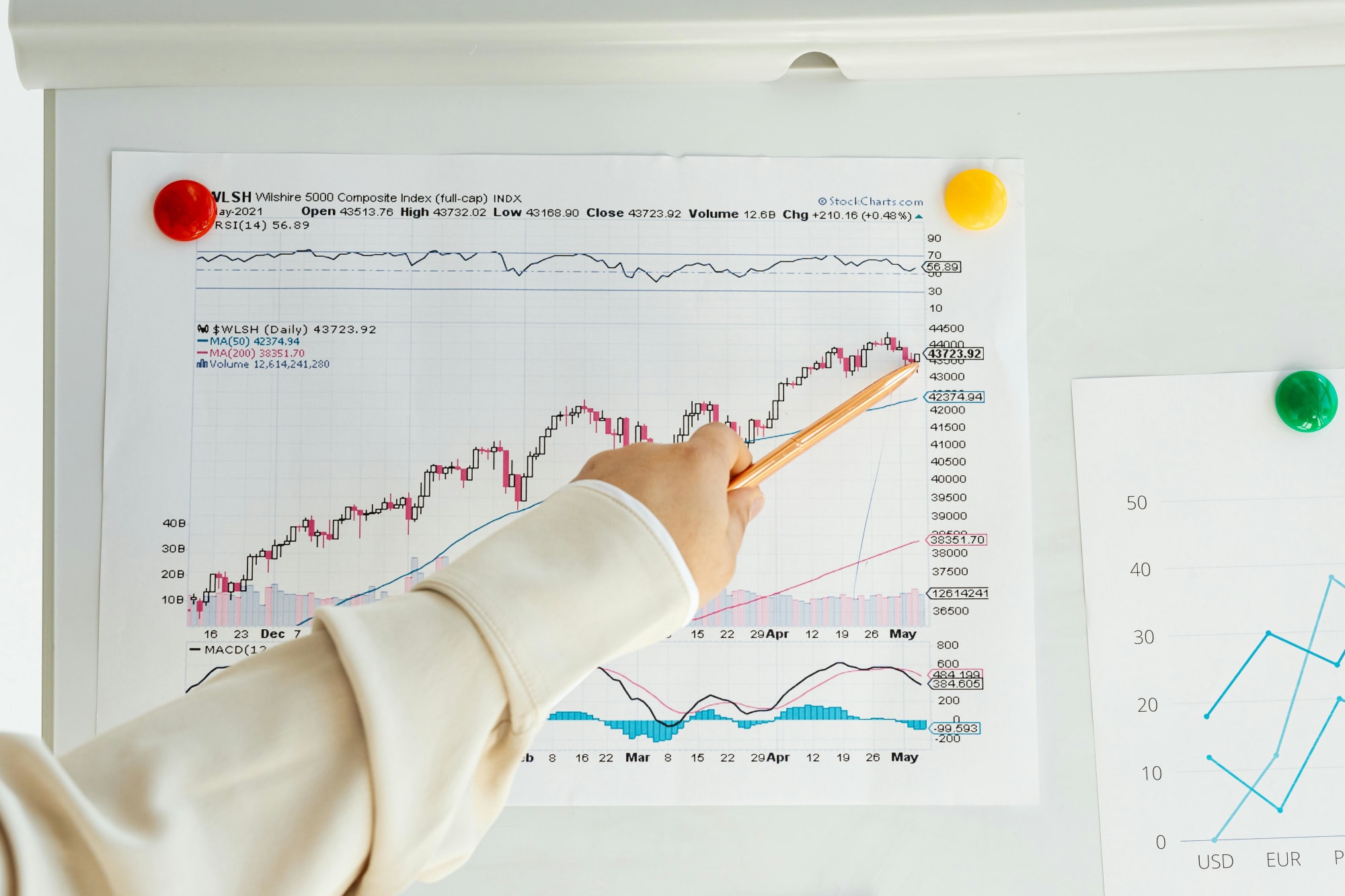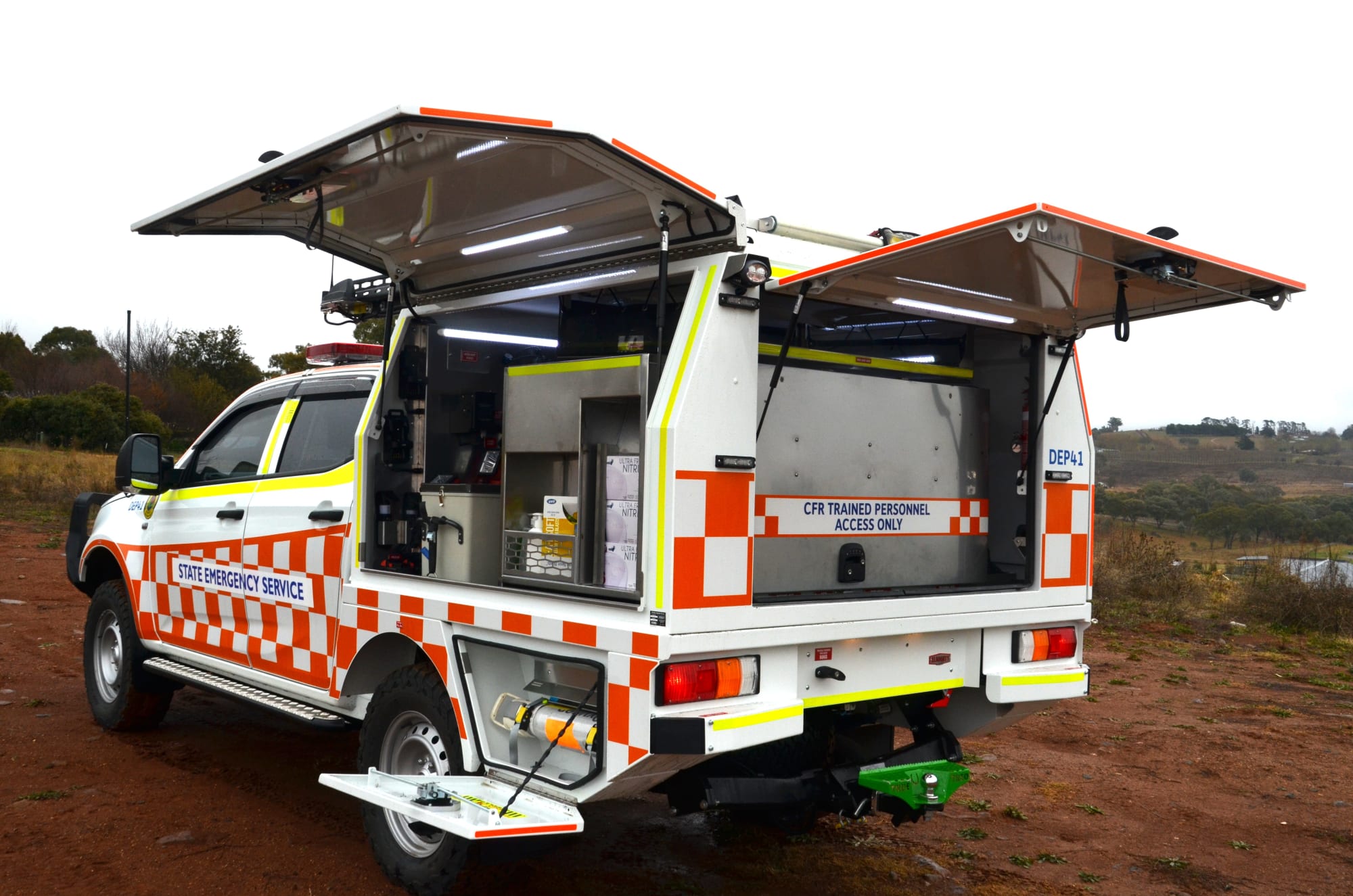Invest
Government downplays deficits in budget despite external issues
It remains too early to assess the impact of drought, bushfires and the coronavirus on Australia’s budget outlook, according to the federal Minister for Finance, as higher than previously predicted deficits seen in the most recent balance sheet also raise questions.
Government downplays deficits in budget despite external issues
It remains too early to assess the impact of drought, bushfires and the coronavirus on Australia’s budget outlook, according to the federal Minister for Finance, as higher than previously predicted deficits seen in the most recent balance sheet also raise questions.

In a statement from Senator the Hon. Mathias Cormann in his capacity as Minister for Finance, the MP has emphasised how January’s monthly financial statements are “not indicative of a trend in the overall budget position or expected final budget outcome”.
“As we consistently caution, monthly results are inevitably volatile due to timing differences between when receipts are received and when payments are made,” he said.
As at 31 January 2020, Australia’s balance sheet shows a federal net worth of minus $56.976 billion (negative $569,758 million).
Net debt is $43 billion ($430,211 million), while net financial liabilities are $79.9 billion ($799,498 million).

According to the report, the fiscal balance for the year to 31 January 2020 was a deficit of $21,953 million, which is $1,604 million higher than the 2019–20 MYEFO profile deficit of $20,349 million.
It was explained in the fiscal outcomes that the difference resulted from lower than expected revenue, lower expenses and higher net capital investment.
December and January have consistently been two of the most volatile months with the highest deviation from the indicative profile, according to the minister.
Senator Cormann also outlined how, historically, payments exceed receipts until the latter half of the financial year, which generally results in the monthly profiles for the first half of the financial year being lower than the final budget outcome.
“Great care therefore needs to be taken when comparing monthly or cumulative data across years and to full-year estimates,” he iterated.
The budget outcome for the 2019–20 financial year was initially estimated to be a surplus of $5 billion.
In closing, the senator said that the government is “of course very conscious” of the negative impact that the coronavirus will have on the Australian economy, especially following on from the drought and bushfires.
Consequently, he indicated it as likely to also have an impact on the budget.
“However, it remains too early to assess precisely what that impact will be,” he said.
“We will reconcile all of the relevant data and revised forecasts and projections in the 2020–21 budget to be delivered on the second Tuesday in May.”
The comments from the Minister for Finance come after the treasurer recently doubled down on the budget forecast, noting the Australian economy as “remarkably resilient”.
About the author

About the author


Economy
Navigating the inflation maze: How CFOs can outsmart economic hurdles in Australia
Fresh inflation data have cooled expectations of near-term rate cuts in Australia, intensifying pressure on margins, capital allocation and demand. Rather than wait for monetary relief that may not ...Read more

Economy
Inflation concerns rise as Australia's CPI climbs to 3.8% in October
Australia's latest Consumer Price Index (CPI) figures have sent ripples through the economy, with headline inflation accelerating to 3.8% year-on-year in October, up from 3.6% in September. The data, ...Read more

Economy
October CPI results pose challenges for RBA’s monetary policy stance
In a surprising turn of events, the October Consumer Price Index (CPI) data has raised eyebrows among economists and market strategists, revealing stronger-than-expected inflationary pressures in ...Read more

Economy
Global deal activity declines by 6% amid economic uncertainty, reports GlobalData
In a year characterised by economic turbulence and evolving market conditions, global deal activity has witnessed a notable downturn during the first ten months of 2025. According to GlobalData, a ...Read more

Economy
Australia’s softening labour market puts another RBA cut in play — here’s what business should do now
A four-year high in unemployment has revived expectations the Reserve Bank could deliver another rate cut as soon as November. With quarterly GDP growth running at 0.6 per cent and annual growth at ...Read more

Economy
Rising CPI reinforces RBA’s stance as rate cut expectations remain: State Street
State Street Global Advisors says the Reserve Bank of Australia (RBA) is likely to hold its current policy outlook following the release of September quarter inflation data, which showed an unexpected ...Read more

Economy
NSW SES boosts tsunami preparedness ahead of World Tsunami Awareness Day
As World Tsunami Awareness Day approaches on 5 November, the New South Wales State Emergency Service (NSW SES) is ramping up efforts to enhance tsunami preparedness along the east coastRead more

Economy
Lifesaving Regional Response Strengthened with New NSW SES Vehicles
In a significant boost to regional emergency services, the NSW State Emergency Service (SES) has unveiled 11 new Community First Response (CFR) vehicles, designed to enhance the speed and safety of ...Read more

Economy
Navigating the inflation maze: How CFOs can outsmart economic hurdles in Australia
Fresh inflation data have cooled expectations of near-term rate cuts in Australia, intensifying pressure on margins, capital allocation and demand. Rather than wait for monetary relief that may not ...Read more

Economy
Inflation concerns rise as Australia's CPI climbs to 3.8% in October
Australia's latest Consumer Price Index (CPI) figures have sent ripples through the economy, with headline inflation accelerating to 3.8% year-on-year in October, up from 3.6% in September. The data, ...Read more

Economy
October CPI results pose challenges for RBA’s monetary policy stance
In a surprising turn of events, the October Consumer Price Index (CPI) data has raised eyebrows among economists and market strategists, revealing stronger-than-expected inflationary pressures in ...Read more

Economy
Global deal activity declines by 6% amid economic uncertainty, reports GlobalData
In a year characterised by economic turbulence and evolving market conditions, global deal activity has witnessed a notable downturn during the first ten months of 2025. According to GlobalData, a ...Read more

Economy
Australia’s softening labour market puts another RBA cut in play — here’s what business should do now
A four-year high in unemployment has revived expectations the Reserve Bank could deliver another rate cut as soon as November. With quarterly GDP growth running at 0.6 per cent and annual growth at ...Read more

Economy
Rising CPI reinforces RBA’s stance as rate cut expectations remain: State Street
State Street Global Advisors says the Reserve Bank of Australia (RBA) is likely to hold its current policy outlook following the release of September quarter inflation data, which showed an unexpected ...Read more

Economy
NSW SES boosts tsunami preparedness ahead of World Tsunami Awareness Day
As World Tsunami Awareness Day approaches on 5 November, the New South Wales State Emergency Service (NSW SES) is ramping up efforts to enhance tsunami preparedness along the east coastRead more

Economy
Lifesaving Regional Response Strengthened with New NSW SES Vehicles
In a significant boost to regional emergency services, the NSW State Emergency Service (SES) has unveiled 11 new Community First Response (CFR) vehicles, designed to enhance the speed and safety of ...Read more








